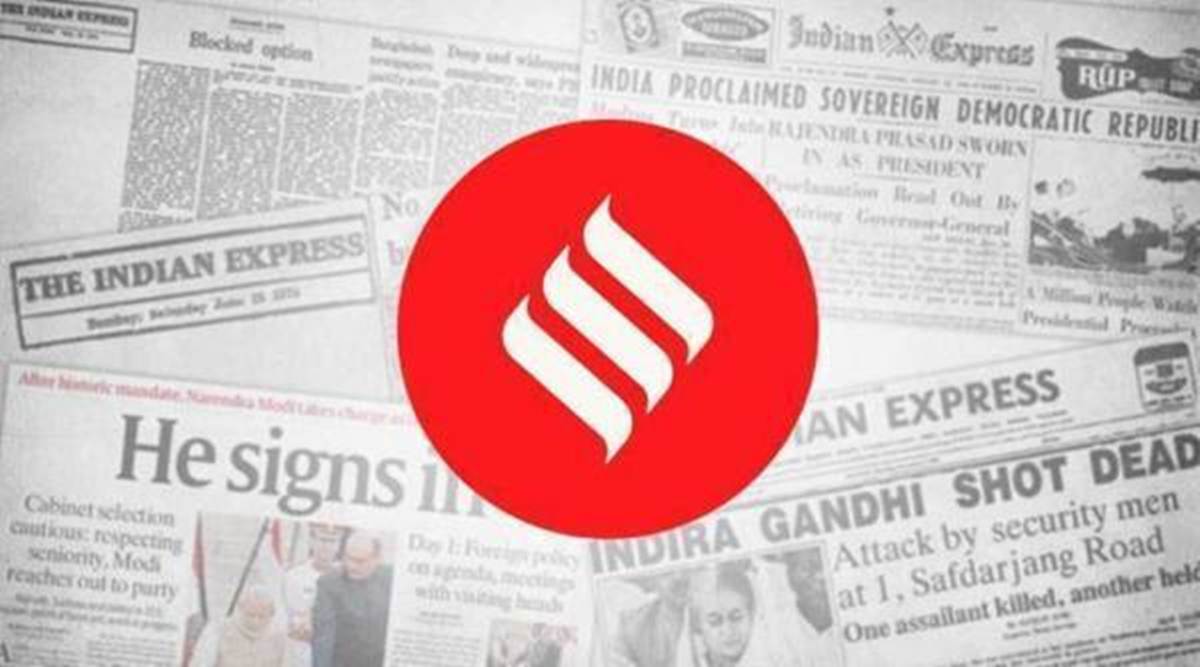 The merger is in line with the broader trend of consolidation in the financial industry.
The merger is in line with the broader trend of consolidation in the financial industry. The merger between the country’s largest private sector bank, HDFC Bank, and leading mortgage firm, HDFC, announced on Monday, will create a financial behemoth with a market capitalisation of around Rs 14 lakh crore. With a combined loan book of nearly Rs 18 lakh crore, the merged entity will be twice the size of its nearest private sector rival. As a consequence, the bank’s market share will rise to 15 per cent, up from 11 per cent currently, according to S&P Global Ratings. While such a move has been discussed for years, changes in the regulatory architecture — the central bank has moved to bring about harmonisation in the framework governing banks and non-banking financial companies — have narrowed the “regulatory arbitrage” and created a “conducive environment” for the merger. Stock prices of both HDFC and HDFC bank rose on Monday signalling approval from the investor community.
The benefits stemming from this unique merger could cut both ways. For one, the cost of funding is likely to drop, which can be passed on to mortgage consumers, further cementing the entity’s position in the sector. The combine will also benefit from efficiency gains owing to streamlining of activities and rationalisation of costs. Further, considering that there is apparently very little customer overlap between the two — a significant share of HDFC’s customers don’t have bank accounts with HDFC Bank, and an equally high number of HDFC bank customers don’t have mortgages from the group — the merger greatly widens the scope for cross selling, from mutual funds to insurance to loans. This presents a lucrative opportunity for the combined entity. Some analysts have, however, raised concerns that the Reserve Bank of India’s norms on the statutory liquidity ratio, the cash reserve ratio and priority sector lending are likely to impinge upon the merged entity’s profitability in the immediate term. In fact, according to a report by Macquarie Capital Securities, HDFC Bank will have a requirement of Rs 70,000 to Rs 80,000 crore for meeting the SLR/CRR norms, and Rs 90,000 crore to meet the priority sector rules. However, as reported in this paper, the bank has asked the RBI for some leeway, proposing to meet the regulatory norms over three years. How the central bank responds to this request could thus have a bearing on the entity’s near term prospects.
The merger is in line with the broader trend of consolidation in the financial industry. Public sector banks have already seen the first round of consolidation, driven in part by the need for building stronger balance sheets. Axis Bank has recently acquired Citibank’s consumer business in India. Other banks, especially the private sector ones, and non-banking financial companies (NBFCs) may now look for acquisitions to strengthen their balance sheets, and acquire scale. This could dramatically alter the country’s financial landscape.
- The Indian Express website has been rated GREEN for its credibility and trustworthiness by Newsguard, a global service that rates news sources for their journalistic standards.

